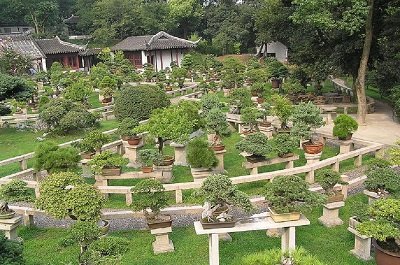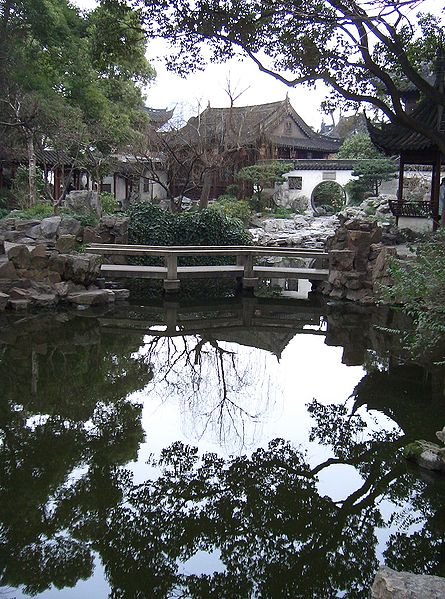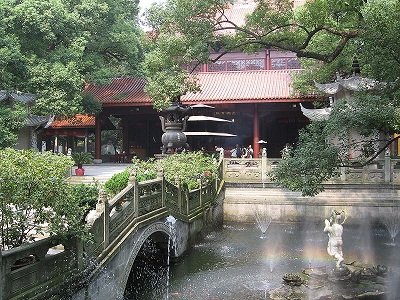Chinese Gardens were one of its kind. China is the first country to European garden tradition started with the Egyptian’s systematic reclamation of the desert and a limited flora decimated by the ice ages. Development of the Chinese Garden Concept gave a boost to the Modern Garden Architecture. Hence it was considered as a Revolutionary Gardening Style…!!

On the other hand, China in 2000 BC had abundant flora and a landscape of unimaginable beauty, fertility and variety. The gardener’s contribution was only to order and emphasise. Buildings, bridges, steps and gateways turned wooded lakes into gardens without planting.
The hunting parks of emperors were simply enclosed landscapes. Later a sophisticated nobility looked for more extravagant ideas. The Han Dynasty, contemporary to Roman Empire, unified China.
The Emperor Wu hankered after immortality. Legend indicated that thehome of the immortals lay in the Mystic Isles. Supposed to lie in the mists of the North China Sea, his inability to find them led to his recreating them in fantasy. Thus the lake and island garden was created.
- Rocks were collected to form the islands and gave the lakeshore the look of a seacoast.
- Buddhism came from India and monasteries were built. By 200AD painters and poets contemplated the wilderness and not human immortality. In the 4th century monastery a grove was laid out, for meditation.
- Every path seen by the ye or trodden by the foot was filled with spiritual joy. This cult of the wilderness descended to the plains.
- The large and craggy rocks became a part of the island lake tradition. By the end of the 6th century one emperor created a similar garden equal in scale to that created in Versailles.
- The Western Park was 70 miles in circuit and contained four huge lakes – one of them 13 miles round. Japan envoys in AD 607 saw this scene and via Korea had a foretaste of the Chinese style. Within a few years of his return, Japan had its island lake garden.
- The Japanese contribution to the Chinese model was in planting. Zen Buddhism preached canons on art, which avoided the trite, the obvious, the emphatic. By the year 1200, the naturalistic garden was mature.
- The moss garden in Kyoto with its dry cascade with flat topped boulders, the Ryoanji (1490) dry landscape with 15 boulders on a bed of gravel are famous examples. The Chinese Sung style with rocks was to set them boldly on their ends and was still a part of the Japanese garden.
Chinese Garden Architecture gave a boost to Modern Garden Architecture Revolution….
Modern Gardens such as Persian Gardens, Italian Gardens, Dutch Gardens, French Gardens, Japanese Gardens and the Legendary one – The English Gardens.


The gardens have amazing design features, but the photographs are spectacular. I would like to see something like this in person. If the photo are this nice, the real thing must be breathtaking. Thanks for sharing these designs.